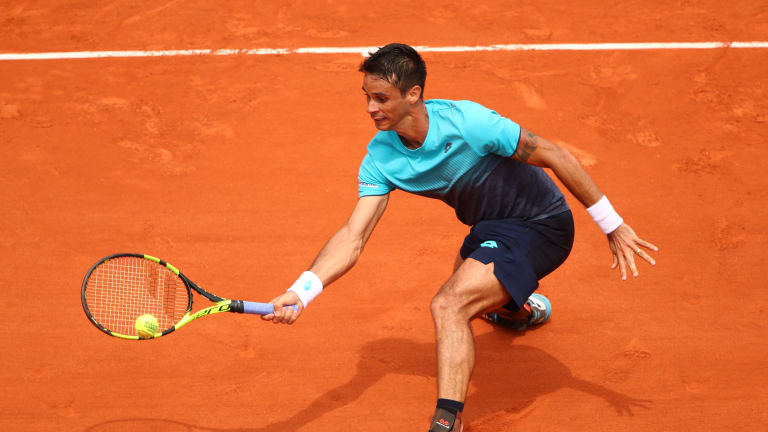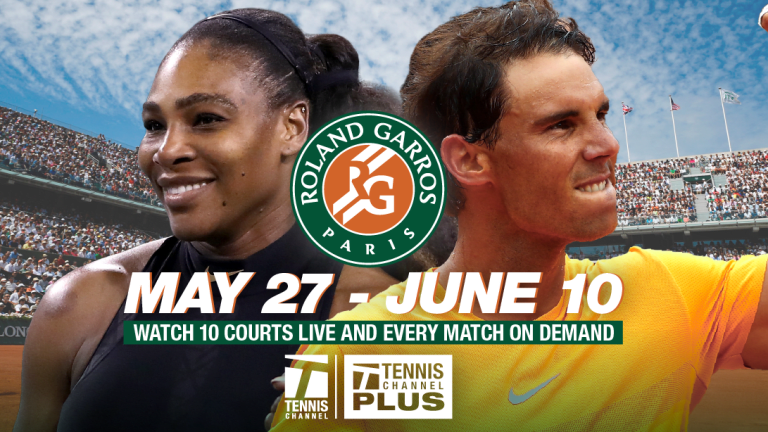And yet, for all the newfound confidence and possibilities Dutra Silva brought to this occasion, much of the match was in Djokovic’s hands. Even when Dutra Silva went up 2-0 in each of the first two sets, Djokovic broke back each time, with a blend of penetrating forehands and backhands that have earned him 12 Grand Slam titles. In the first set, with Dutra Silva serving at 3-4, Djokovic won the first two points with a backhand winner and an inside-out forehand, in time breaking at love. A deft crosscourt backhand passing shot closed out the set, 6-3.
Dutra Silva needed to red-line; that is, to push his pace, depth and intermittent grunt to the limit. His backhand had its moments, a few lashed forcefully enough to conjure up memories of both Thiem’s efforts in 2017 and the other one-hander who’d beaten Djokovic on this court in the 2015 final, Stan Wawrinka. But Dutra Silva’s ground game was less thunder than sprinkle. And so when Djokovic served up two sets to love and 4-3, the end seemed near.
Not quite. Dutra Silva broke back for 4-all and then went ahead 30-love. Such lapses had bedeviled Djokovic ever since he’d won Roland Garros in 2016. To have this happen in the first round of a major hardly inspired confidence. At the age of 31, Djokovic had apparently reached the stage where nothing could come easy. Certainly he’d been buoyed by his recent run to the semis in Rome, the first time Djokovic had gone that far all year. Said Djokovic, “And so being here and thinking about the tournaments that I had on clay, the best performance came at the right time in Rome just before Paris.”
Djokovic was also excited to have brought his former longstanding coach, Marian Vajda, back into the mix. “It's great to have him back,” said Djokovic. “I'm always saying that he's a friend, he's family, he's someone that I can rely on privately, and I shared many beautiful moments and difficult moments with him.”
But the match versus Dutra Silva was far from precious or an aesthetic delight. Fortunately for Djokovic, Dutra Silva was the one compelled to try for more, a strategy that is often both necessary and fatal for an underdog. Serving at 4-all, deuce, Dutra Silva struck a double-fault and then missed a benign forehand to hand Djokovic the break. Having already surrendered one late stage break, Djokovic buckled down this time, taking the first three points and at last closing it out at 15.
On this Monday, it was the kind of start to the workweek many of us have: virtually impossible to be great, but good enough to advance.

